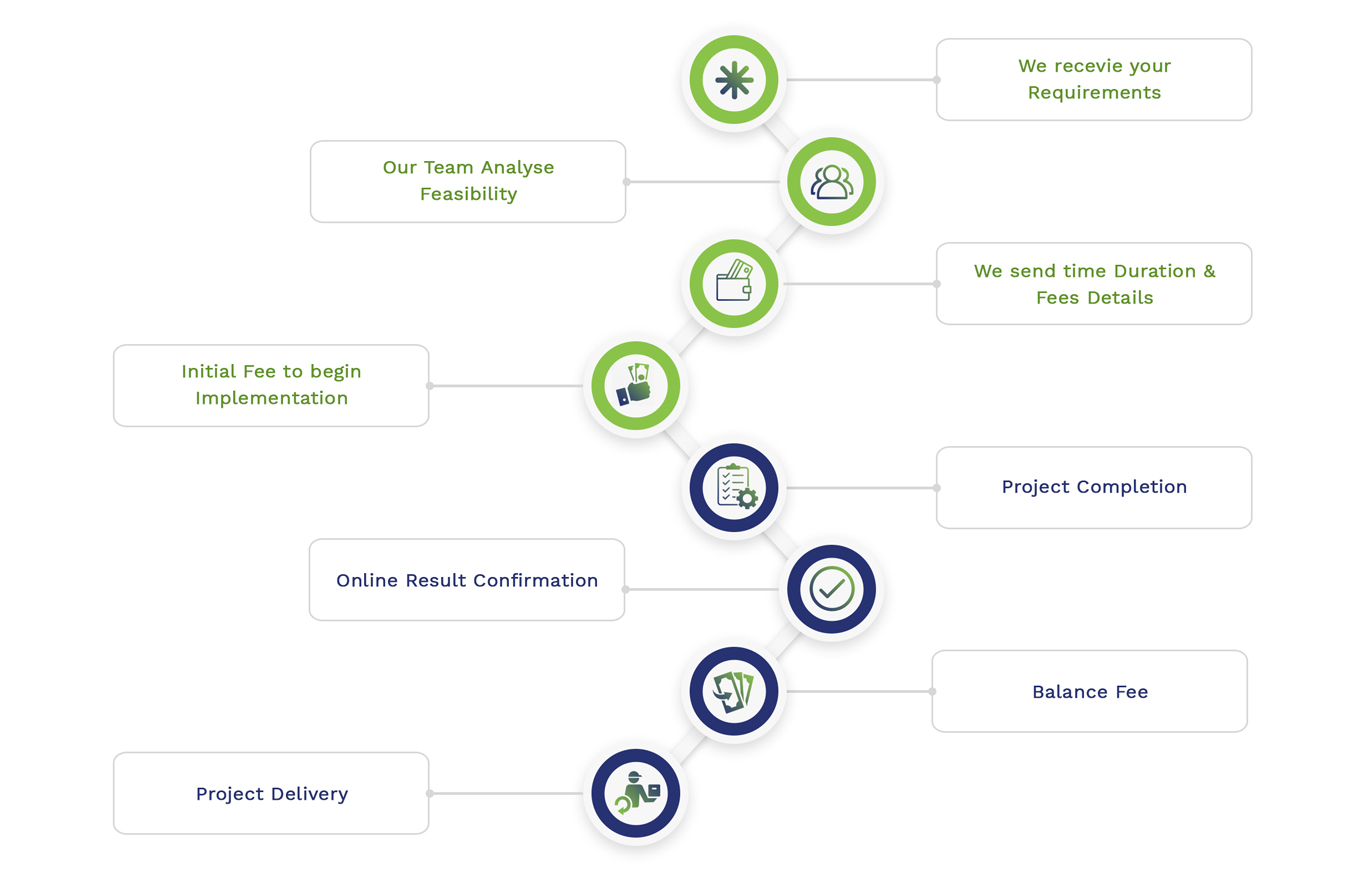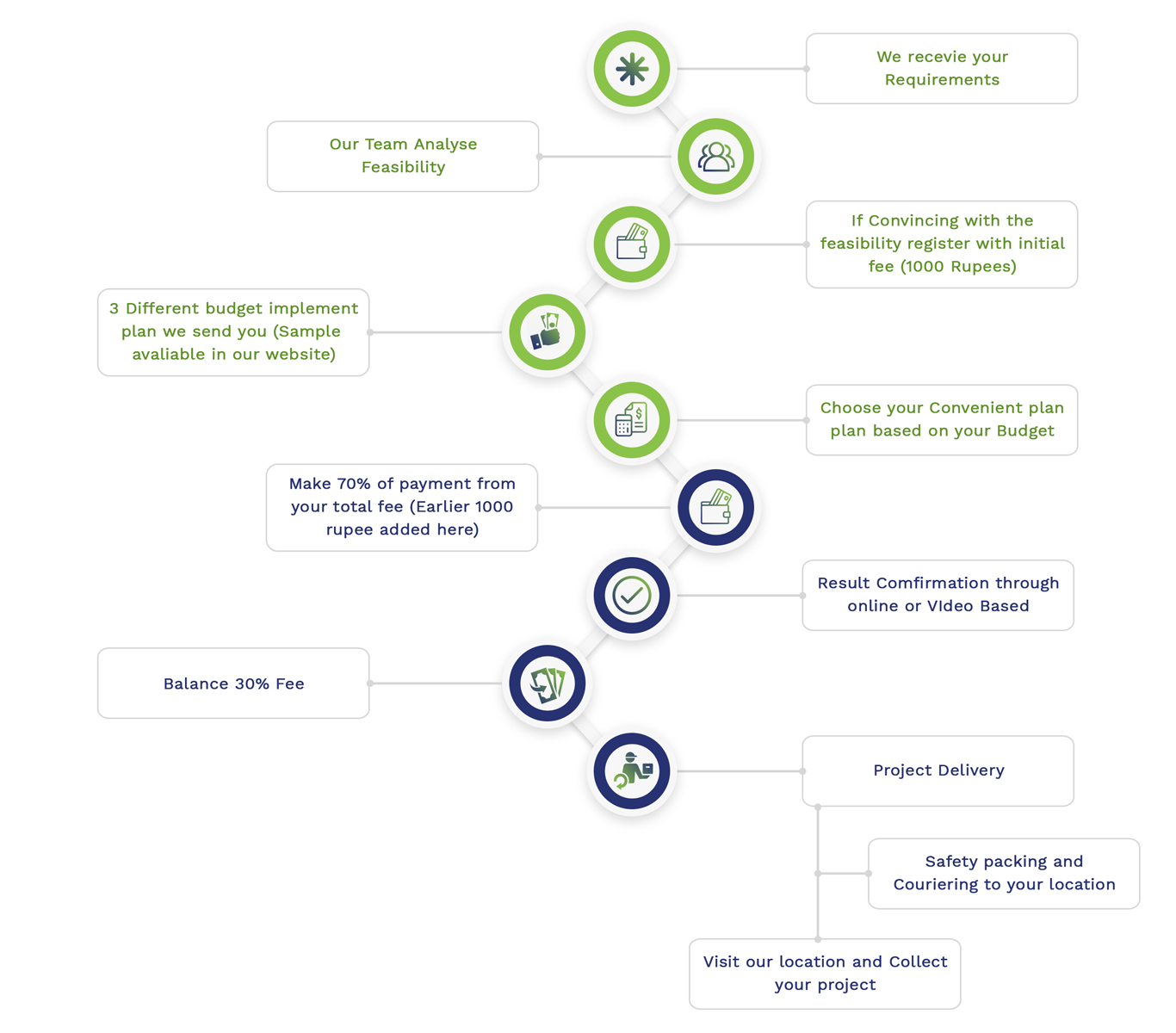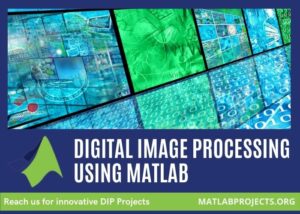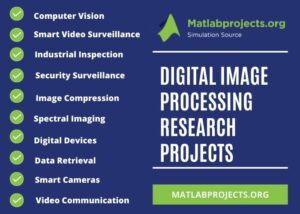Digital image processing using matlab follows the procedure of handling and analyzing digital images for improved visualization. By the by, the digital Image is a colossal collection of pixels in a fixed number of rows and columns where each pixel has a unique value and location. The alternative terms for pixels are picture elements represented in a matrix.
In this article, you can grasp new topics in digital image processing using Matlab that scholars are currently looking forward to beginning their research journey!!!
Why is New in Image Processing?
Image processing is transforming low-quality Images into high-quality images by exploiting effective operations on an image. After that manipulation, it yields the improved Image as the output in digital image processing using matlab.
In some cases, we can also extract the particular portion or essential features of the Image based on certain constraints like similar pattern, texture, color, etc. Once the Image is acquired from the sensor/camera, it performs useful operations on the Image as a post-processing step to optimize workflow. So, this field acquires significant recognition in the research world. The recent research areas in image processing are itemized as follows,
- Discovery of Mid-level Discriminative Patches
- RGB-D Object Tracking
- Deep Feature Learning based Computer Vision
- Determines Semantic / Meaningful Features for Image Retrieval
- Advance Live Video and Image Forensics Analysis
- Image and Video processing Analysis Tool for Smartphones
What is the correct Mathematical Structure to represent a Digital Image?
The digital Image is made up of large-scale values collected from sensors which are organized in a grid format. As a matter of fact, these sensors have open visibility over their surroundings in the real world. So, the sensor can sense or monitor the environment and generate the values depends on their captured occurrences. These captured phenomena can be any of the following,
- Secondary Electrons (Scanning Electron Microscope)
- Infrared Light (Infrared Images)
- Positron Emissions Scattering (PET Scan)
- Scattered Microwave (Synthetic Aperture Radar SAR)
- Visible Light (Digital Images)
In the traditional processing of Images, the values are signified in the form of a matrix. In the case of inverse problems, we first change this arranged matrix into a vector then apply the regularization-based functions or other normal equations for further processing.
How is Image formed in Image Processing?
As mentioned earlier, an Image is a collection of elements. The imaging process is a method of pointing an object to an image plane. Here, every pixel of the Image relates to the point of the selected object. Then, an illuminated object will disseminate the light in the direction of a lens. Next, the lens gathers and focuses the light together to form a single image.
Pixel model: RGB optical sensors point to integers that represent discrete intensities vector. Let assume pi: RxGxB –> Z x Z x Z defined by p(r,g,b) = (zR,zG,zB). Here, zR,zG,zB denotes the color value of intensity is 0 – 255, and R, G, B are the real numbers. Then, a single pixel is specified as a 1×3 column vector. This portion indicates the one small square in a whole image for coloring. Digital image processing has a broad spectrum of applications, such as
- Radio Detection and Ranging (RADAR)
- In-Depth Medical Image Processing and Analysis
- 3D Underwater Acoustic Image Processing
- Sound Navigation and Ranging (SONAR)
- Remote Sensing (Satellites and other Aircraft based Technologies)
- Automated Industrial Robotics and Manufacturing Parts Inspection
- Secure Image Acquisition, Transmission and Storage Solution
What are the Latest Trends in Digital Image Processing?
- 3D volumetric imaging applications and technology and applications
- Developing greatly sophisticated visual information processing systems
- Combination of image processing and computer vision
Our experts are intended to create unbeatable research contributions in the field of Image processing, Pattern Recognition, and Machine / Computer Vision through the original digital image processing using Matlab. Certainly, these researches underlie the theoretical and experimental perception of handpicked areas.
Research Digital Image Processing Using Matlab
- Image Formation:
- Remote Sensing
- Seismic and Geophysical Imaging
- Synthetic / Natural Hybrid Image Systems
- Biomedical and Optimal Imaging
- Image / Video Processing:
- Biometrics
- 3D Stereoscopic Processing
- Video and Image Filtering
- Image Movement Prediction and Detection
- Morphological Processing
- Feature Extraction, Selection, and Analysis
- Adaptive Image Interpolation in Super-resolution
- Image Enhancement and Restoration
- Video or Image Tracking and Segmentation
- Multi-spectral, Hyper-spectral and Color Processing
- Applications:
- Mobile Imaging
- Space and Astronomy Exploration and Science
- Biomedical Sciences
- Document Image Processing and Analysis
- Remote Sensing and Geosciences
- Other Applications
- Image Scanning, Display, and Printing:
- Color Reproduction
- Scanning and Sampling
- Halftoning and Quantization
- Printing and Display Systems
- Image Rendering and Representation
- Image Quality Enhancement
- Image/Video Coding and Transmission:
- Channel or Source Coding
- Video and Still Image Coding
- Adaptive Distributed Source Coding
- Video or Image Streaming over Wireless Nets
- Stereoscopic 3-D Scene Coding
- Image/Video Storage, Retrieval, and Authentication:
- Watermarking and Authentication
- Video and Image Search and Retrieval
- Multimodal Video or Image Indexing
- Video and Image Databases / Repositories
Further, we have given some important real-time digital image processing thesis topics. Since many scholars are interested in doing their research in real-world applications using dip simulator, in satisfying their requirements, we listed the following recent ideas.
Real-Time DIP topics
- Real-time embedded system for video / image processing
- Real-time hardware architecture and platforms for video/image processing (Comprises: SoC, GPU, FPGA, GPP, SiP, ASIC, and DSP)
- Real-time software design and optimizations for video/image processing
- Real-time hardware and software co-simulation for video/image processing
- Other real-time video/image processing applications, which includes any of the following,
- Machine / Computer Vision
- Security and Smart Video Surveillance
- Manufacturing industrial inspection
- Spectral or Biomedical Imaging
- Smart Cameras, Digital Devices, and Smartphones
- Compression of Video / Image (Data Storage, Retrieval and Communication)
- And many more
Once the topic is selected, then pay extra attention to methodologies used for solving the handpicked research problem. The selection of suitable solutions is also one of the arts of research. For your reference, we have given the few optimization algorithms that are commonly used for DIP projects.
Optimization Algorithms for Digital Image Processing using Matlab
- Tabu Search
- Particle Swarm Optimization (PSO)
- Artificial Bee Colony Optimization (A-BCO)
- Evolutionary Algorithms (EA)
- Ant Colony Optimization (ACO)
- Harmony Search (HS)
- Simulated Annealing (SA)
Next, we can see the performance parameters used for evaluating the overall developed system. It verifies the proposed algorithms and methods’ performance to prove that your research work is efficient enough than others.
Performance Metrics in DIP
The percentage of test instances is mentioned by the correctly and incorrectly classified instances. Here, the raw numbers denote the confusion matrix along with a and b class labels. For instance: if there are 100 instances, then the percentages and raw numbers sum up as follows,
- aa + bb = 59 + 12 = 71
- ab + ba = 27 + 2 = 29
The percentage of correctly classified instances is referred to as the sample accuracy or accuracy. However, it has some drawbacks in the prediction of performance so, we prefer the area under the ROC curve or ROC Area in that case.
Similarly, Kappa is a chance corrected agreement measure computed among true classes and classifications. If the computed value is higher than 0, then the classifier performance is better than chance.
Further, the error rates are used for numeric estimation instead of classification where the error has a magnitude.
How to calculate or estimate the Robustness of a Reversible Data Hiding Algorithm?
As we all know well, robustness is a subjective measurement used for the quantification of the particular attack type. For instance, if we want to know the robustness of the approach used for JPEG Compression, then we can test for Reversibility versus JPEG Compression Quality Factor. Here, the quality factor represents the quantitative measurement. In another related history, the evaluation is performed in various attacks. And some of them are as follows,
- Percentages of Cropping
- Added Noise Quantity
- Reversibility versus JPEG Compression Quality Factor
- Geometrical Transformations, and more
So far, we have discussed the research and development aspects of the digital image processing study. Now, we can see about the thesis preparation of your research since documenting the research work is an essential requirement of all kinds of research. Below, we have mentioned some core points that make your thesis unique for others.
What is a Good Thesis?
- Handpick the good question which has the future scope of research
- Check out the proposed answer to that question
- Showcase the original and important contribution to the knowledge repository
- Make sure that the experimental dataset corresponds to the area/topic
- Make sure that the experimental dataset is clearly described and documented
- Make sure that the proposed work objectives are rationally achieved from experimental results
- Make sure that the experimental dataset is soundly interpreted based on related background information
- Make sure that the answer is related to the research questions
- Make sure that all the apt references are given to the existing work
When we debate on thesis preparation, the conversation never ends without speaking about the result presentation in the thesis since the experimental result is the key player which elevates the overall research worth to the readers and followers. Below, we have specified how the practical observation is described in the thesis.
How to Write Thesis Results?
- Interpret only the essentials for a logical flow of research
- Arrange the observation in a rational way to address the upcoming paragraph/section
- Elaborate the key observations with add-on supply materials/appendices
- Statistical Analysis
- Graphical Illustrations
- Quantitative or Qualitative Analysis
Further, if you want to know more interesting topics in digital image processing using Matlab, then make a bond with us. We let you know the current and future developments of the digital image processing field.
Subscribe Our Youtube Channel
You can Watch all Subjects Matlab & Simulink latest Innovative Project Results
Our services
We want to support Uncompromise Matlab service for all your Requirements Our Reseachers and Technical team keep update the technology for all subjects ,We assure We Meet out Your Needs.
Our Services
- Matlab Research Paper Help
- Matlab assignment help
- Matlab Project Help
- Matlab Homework Help
- Simulink assignment help
- Simulink Project Help
- Simulink Homework Help
- Matlab Research Paper Help
- NS3 Research Paper Help
- Omnet++ Research Paper Help
Our Benefits
- Customised Matlab Assignments
- Global Assignment Knowledge
- Best Assignment Writers
- Certified Matlab Trainers
- Experienced Matlab Developers
- Over 400k+ Satisfied Students
- Ontime support
- Best Price Guarantee
- Plagiarism Free Work
- Correct Citations
Expert Matlab services just 1-click

Delivery Materials
Unlimited support we offer you
For better understanding purpose we provide following Materials for all Kind of Research & Assignment & Homework service.
 Programs
Programs Designs
Designs Simulations
Simulations Results
Results Graphs
Graphs Result snapshot
Result snapshot Video Tutorial
Video Tutorial Instructions Profile
Instructions Profile  Sofware Install Guide
Sofware Install Guide Execution Guidance
Execution Guidance  Explanations
Explanations Implement Plan
Implement Plan
Matlab Projects
Matlab projects innovators has laid our steps in all dimension related to math works.Our concern support matlab projects for more than 10 years.Many Research scholars are benefited by our matlab projects service.We are trusted institution who supplies matlab projects for many universities and colleges.
Reasons to choose Matlab Projects .org???
Our Service are widely utilized by Research centers.More than 5000+ Projects & Thesis has been provided by us to Students & Research Scholars. All current mathworks software versions are being updated by us.
Our concern has provided the required solution for all the above mention technical problems required by clients with best Customer Support.
- Novel Idea
- Ontime Delivery
- Best Prices
- Unique Work
Simulation Projects Workflow

Embedded Projects Workflow



 Matlab
Matlab Simulink
Simulink NS3
NS3 OMNET++
OMNET++ COOJA
COOJA CONTIKI OS
CONTIKI OS NS2
NS2








